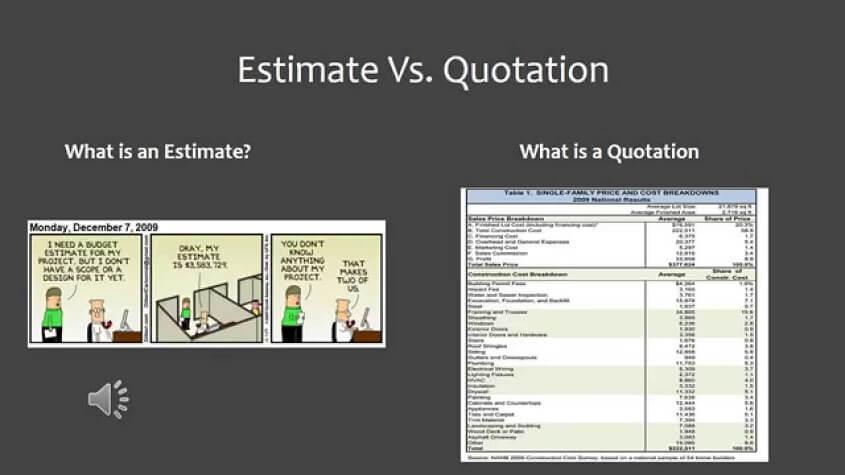What is Cost Estimate and Its Importance for Your Business
Producing an accurate cost estimate is one of the most important factors in project management for the success of your project as they also define your project budget, your work plan, and how you manage your resources. In this article, we will tell you what is cost estimate and explain why accurate estimates are so crucial for improving business outcomes.
What is Cost Estimate?
A cost estimate is the service provider’s approximation of what the project is expected to cost. The idea of cost estimation is to predict the amount, cost, and value of the resources needed to complete a task within the outline range. Cost estimates are used to bid on new contracts from proposed clients and to notify your job and resources planning process.
Difference between an estimate and a quote

Usually, the terms ‘estimate’ and ‘quote’ are used reciprocally within an industry, as they both serve a related role and need a comparable project costing method to complete; though, they have one fundamental difference which is necessary to describe:
A quote (or a price quote/quotation) describes the precise cost that the client will pay for the project being proposed. Upon approval, the service provider is contractually committed to accomplishing the project at the defined price based on the terms that are described in the quote.
An estimate, on the other hand, is not contractually compulsory. Clients know that the prices described are subjected to change as the project proceeds to show a higher level of detail about needed resources, extent, or timelines.

A recent study observed that original costs were, on average, 28% higher than estimated costs. Due to lack of clarity into job performance data on prior projects, excitement to win a client bid, or internal pressures to get a project accepted, it’s usual for businesses to miscalculate the amount of time and resources that will be needed to accomplish a project.

An estimate is much more than a mere list of project costs. Cost estimates analyze every element of a project that is needed to bring the plan to life by describing the presumptions that carry each cost, additions and omissions, and associated risks.

Your estimate should incorporate a breakdown of all costs included in the project. There are two main categories to classify costs:
- Direct costs: Costs directly linked with the job (such as labor, supplies, tools)
- Indirect costs: Costs acquired by the firm as a part of doing business (such as services, office space, insurance)
Your estimate should also cover all related details about the project that gives context for the costs listed and the project deliverables. Consider including job description, work breakdown schedule, cost disclaimer, expiry dates, applicable taxes, and terms and conditions, etc.
